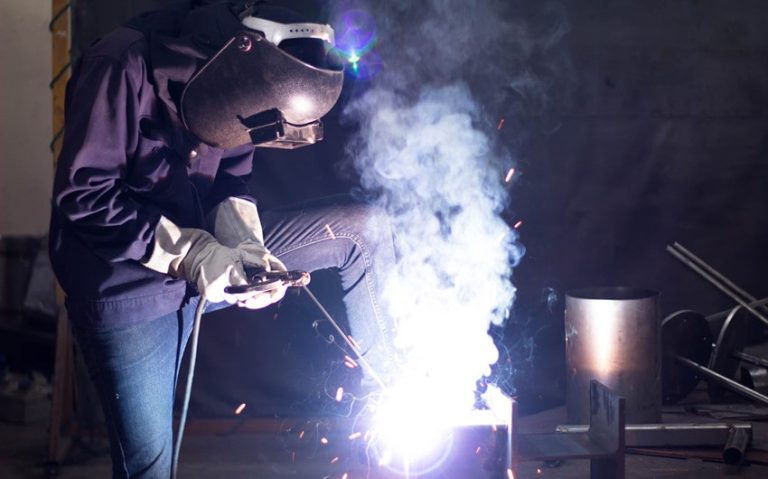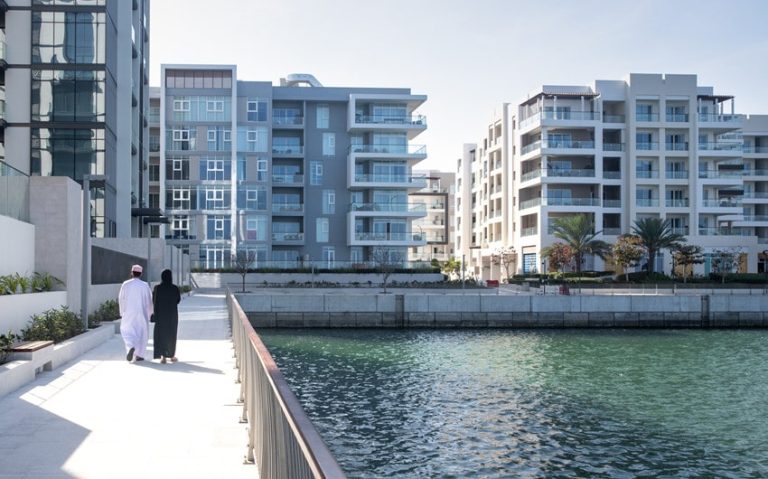Smart and Sustainable: How Indiana’s Infrastructure Is Getting an Upgrade
What does it take to future-proof a state’s roads, bridges, and public systems? For Indiana, the answer lies in a strategic blend of smart technology and sustainable planning. With its critical role in national logistics, manufacturing, and agriculture, Indiana is modernizing its infrastructure not just to fix what’s broken, but to create systems that perform better, last longer, and serve more people.
From intelligent traffic signals to green construction practices and renewable energy integration, the state is turning infrastructure into a tool for long-term economic and environmental resilience.
The Need for Infrastructure Modernization in Indiana
Indiana’s infrastructure, much like that of many other states, is under pressure from decades of wear, rising population demands, and changing climate patterns. Roads, bridges, and utility systems built in the mid-20th century are showing signs of age, with increasing maintenance costs and more frequent service disruptions.
As the state continues to grow as a hub for logistics and manufacturing, the stress on these systems is only intensifying. High-traffic areas, especially near urban centers and along key freight corridors, are in need of redesign and expansion to support economic growth and safety.
At the same time, environmental shifts are creating new challenges. Seasonal flooding, intense summer heat, and freeze-thaw cycles are putting physical strain on infrastructure. Communities are also seeking ways to reduce their carbon footprint, prompting a shift toward smarter, more sustainable construction. Addressing these concerns requires more than patchwork fixes, it demands a holistic rethink of how infrastructure is planned, built, and maintained across the state.
Smart Infrastructure Technologies and Indiana’s Leap Toward Innovation
Smart technology is playing a larger role in Indiana’s infrastructure strategy, particularly in traffic and road systems. Several cities are using real-time traffic monitoring to adjust signals based on congestion patterns, easing the flow of vehicles and reducing idling emissions.
In more densely traveled areas, adaptive traffic signals and data-driven timing help prevent backups during peak hours. This not only improves commute times but also enhances public safety and fuel efficiency.
Beyond traffic control, Indiana is exploring the integration of connected sensors into bridges, roadways, and underground utilities. These sensors allow for early detection of structural weaknesses or leaks, enabling preventive maintenance before issues become emergencies. Real-time data collection supports better planning for long-term improvements.
Combined with AI-powered tools, infrastructure managers can optimize repairs, track environmental impacts, and allocate resources more efficiently across the state.
Public Transportation and Multimodal Connectivity
Indiana is investing in public transportation to offer more options for commuters while reducing traffic congestion and emissions. Upgrades to bus systems, improved scheduling, and expansion into underserved areas are helping make public transit more accessible.
In some cities, electric or hybrid vehicles are being introduced to fleets, contributing to cleaner air and lower fuel costs. These changes support both environmental goals and improved quality of life for residents without access to personal vehicles.
Multimodal planning is also a growing part of infrastructure discussions. Cities are expanding networks of bike lanes, pedestrian walkways, and shared-use paths to promote healthier, more sustainable travel. By connecting these networks to public transit stops and business districts, communities are encouraging short trips to be made without cars.
While these improvements enhance safety and accessibility, accidents can still happen, especially at busy intersections or in areas under construction. In such cases, consulting a local Indianapolis car accident lawyer can help injured individuals navigate their legal options and seek appropriate compensation.
Sustainable Building and Construction Practices
Green construction methods are becoming more common in Indiana’s public projects, with an increasing focus on reducing environmental impact without sacrificing durability. Recycled materials like asphalt and reclaimed concrete are used to minimize resource consumption.
Many new public buildings incorporate insulation systems, reflective roofing, and other features that reduce heating and cooling needs. These choices not only reduce long-term energy use but also lower operational costs for public facilities.
Stormwater management is another priority, especially in urban areas vulnerable to flooding. Permeable pavement and green infrastructure, such as rain gardens and bioswales, are helping cities manage runoff more effectively.
These systems reduce the load on storm drains while also improving water quality. In addition, tree planting and landscaping strategies are often designed with both environmental and aesthetic goals in mind, creating spaces that are both functional and welcoming for residents.
Renewable Energy Integration in Infrastructure Projects
As part of its move toward sustainability, Indiana is incorporating renewable energy into infrastructure where possible. Solar-powered lighting for streets, highways, and public parks is helping lower electricity use and maintenance costs.
These systems are especially valuable in remote areas where connecting to the grid would be expensive or impractical. The state is also examining opportunities to add renewable energy installations to public land or along transportation corridors.
Some infrastructure projects are also exploring ways to blend energy efficiency with design. For example, rest stops and service areas may now include solar arrays, charging stations for electric vehicles, or efficient HVAC systems.
These elements reduce reliance on fossil fuels while also setting a public example for clean energy use. While not yet universal, these efforts mark a shift toward infrastructure that does more than serve a single function, it contributes to broader environmental goals.
Challenges and What Comes Next
Despite the progress, Indiana faces real challenges in maintaining momentum. Infrastructure upgrades are expensive, and even with federal support, budgets are limited. Long-term maintenance remains a concern, especially when new technologies require specialized knowledge or components.
Coordinating efforts across municipalities and ensuring equitable distribution of resources can also slow down implementation. Transparency and clear communication with residents are critical to keeping public trust as projects unfold.
Looking ahead, Indiana will need to continue investing in workforce development to support its infrastructure goals. As more projects integrate smart systems and sustainable practices, there will be greater demand for engineers, technicians, and planners with relevant skills.
Education and training programs are starting to reflect this shift, but progress takes time. With thoughtful planning and continued public engagement, Indiana can build an infrastructure network that’s not only strong and smart, but future-ready.
Conclusion
Indiana’s infrastructure upgrades are more than surface-level improvements. They represent a forward-looking shift in how communities move, grow, and adapt. By combining digital innovation with sustainable materials and energy sources, the state is building systems that are both efficient and resilient.
Continued investment, public-private collaboration, and a trained workforce will be key to maintaining progress. If done right, these efforts can ensure that Indiana remains a connected, competitive, and livable place for generations to come.







